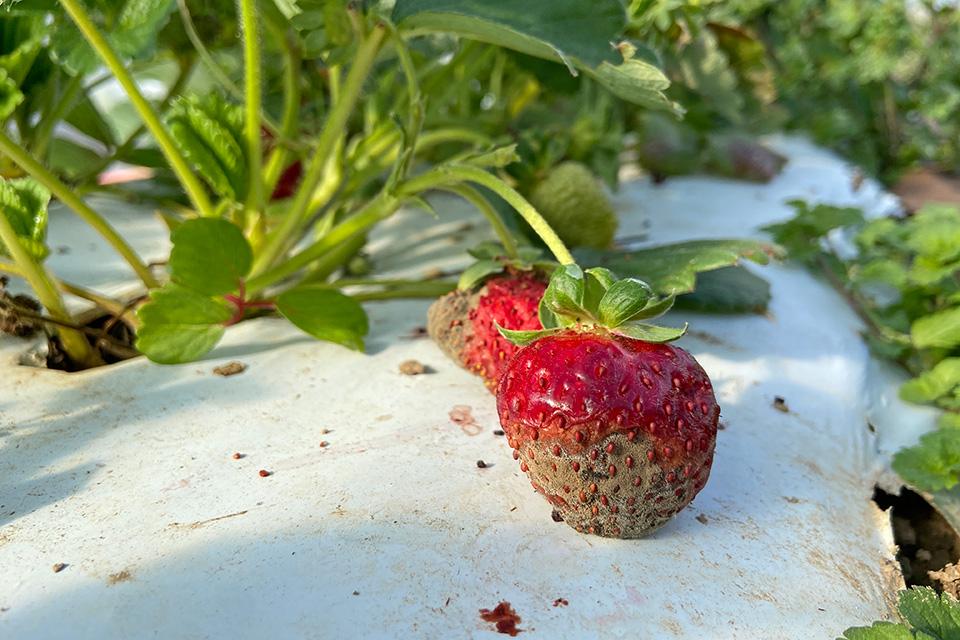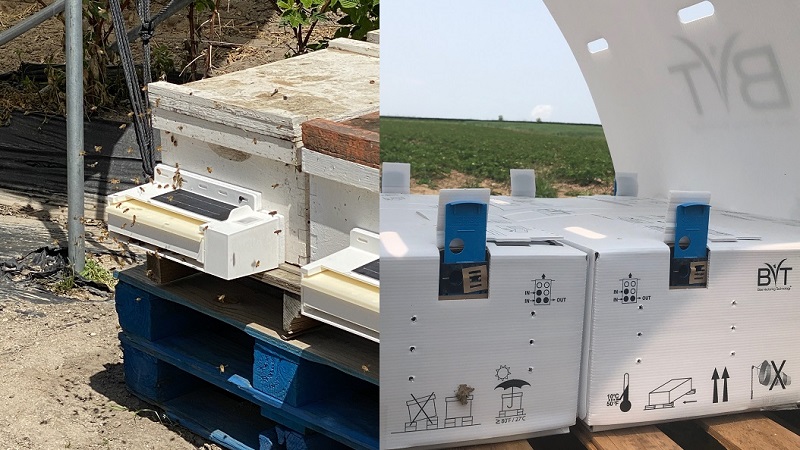California’s Weather In 2010: Good For Winegrapes
We have had a great springtime for growing grapevines in California. Our winter and spring rainfall provided us with good early season soil moisture levels, and cooler springtime temperatures set the stage for vigorous vine growth.
Bud Break To Bloom To Veraison
Bud break occurred one to two days earlier than normal in 2010. Following bud break, cyclic temperatures (mostly on the cooler side) resulted in very vigorous vine growth. When we reached the time when bloom would normally occur, we were 10 days later than a normal year in the San Joaquin Valley (SJV), 10 days behind on the North Coast, and 15 days behind on the Central Coast.
Bloom occurred seven to 10 days later than normal in the SJV and 10 to 15 days later on the Central Coast. In addition, the cyclic temperature resulted in a much longer bloom period for most varieties. As we move into the summer months, veraison (berry softening) is occurring about eight days late in the SJV. As of early July, our cumulative growing degree-days continued to lag.
Growing Degree-Days
So this is all very interesting, but why is it important? We can have a very hot summer to make up for a cool spring and the vines will catch up. The truth is, we really can’t have high enough temperatures to completely make up for how far we are behind, and we might have cooler than normal weather. If we have just normal temperatures from early July through the end of September, 2010 will be the third lowest growing degree-day year in the SJV of the last 19 years.
If we presume that we will have normal temperatures from early July through the fall, the number of days we’re behind will remain about the same through early September. This is due to the fact that the number of degree-days accumulated each day is similar during this time period. Starting in mid-September, as temperatures begin to decline, so do the number of degree-days accumulated each day.
Impact On Harvest Timing
The accumulation of growing degree-days can also be used as an indication of when grapes will mature. If we are running eight days behind in degree-days, it will likely result in fruit being eight days behind in maturity, which implies harvesting eight days later than in a normal year. The fruit maturing process is, of course, impacted by other important factors such as overall vine health, vine stress management, and crop load. So what might we expect this fall for harvest timing? This is very dependent on the temperature between now and harvest, the area, variety, and end-use of the grapes. In general, assuming normal temperatures I would expect:
• Earlier Harvesting (mid-August to early September) — Will likely be late by seven to eight days for the SJV, nine to 10 days for the North Coast, and two to three weeks on the Central Coast.
• Middle Harvesting (mid September to early October) — Will likely be late by nine to 10 days for the SJV, 12 to 13 days for the North Coast and 24 to 30 days on the Central Coast.
• Late Harvesting (mid October and later) — Will likely be late by 11 to 15 days for the SJV, 13 to 15 days for the North Coast, and 31 to 37 days on the Central Coast.
To monitor the progress of degree-day accumulations, you can go to www.CalAgQuest.com. The degree-day information is updated each Monday.









